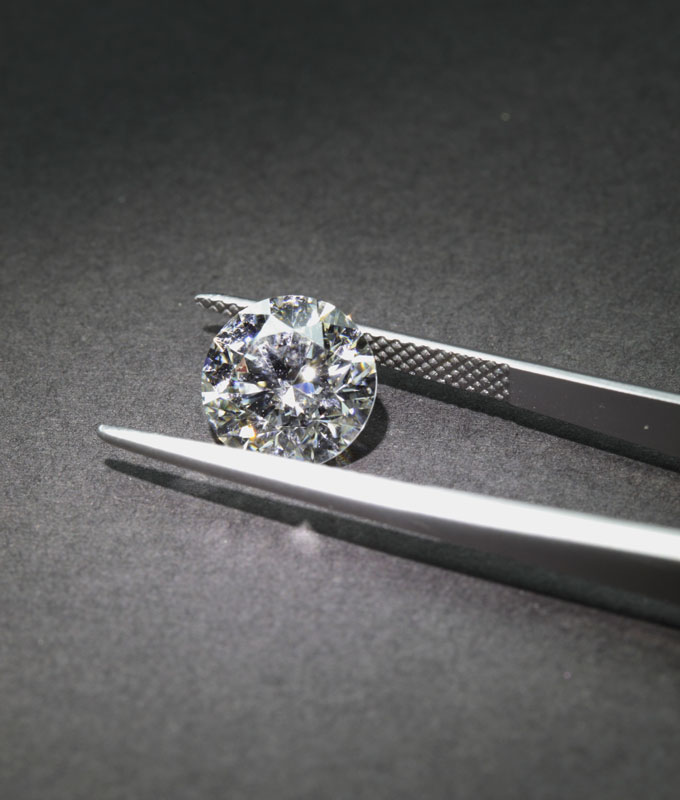Oh, the fun! You are shopping for a diamond—maybe it is your engagement ring, maybe it’s a necklace or bracelet to mark an important milestone in your life, maybe it’s a gift you are buying for the most important person in your life, yourself! But as you stare into the glittery vitrines, you can’t help but wonder about the provenance of the precious stones that are seducing you. More and more in today’s world, where we are increasingly thoughtful and aware of the implications of the way we live now, we want to know where the items we purchase come from: who created them, who crafted them, and what their environmental and social impact is. Especially when it comes to the notoriously fraught history of diamonds, we want to be absolutely sure that our beautiful purchase has an equally beautiful backstory.

Which is why Tiffany & Co., where generations of Americans have bought their diamond jewelry (was Holly Golightly’s Cracker Jack treasure perhaps enhanced with the tiniest stone?), is so proud of its latest endeavor, which it calls a diamonds’ “full craftsmanship journey.” From the time it is unearthed from the mine to the day it is nestled in the famous azure box, Tiffany & Co. vows to make the whole venture crystal clear, even including a Tiffany & Co. Diamond Certificate with your purchase—sort of like a jewelry version ancestry.com. (If only so many of the other things that we purchase came with such assurances. Ever wonder where that $20 fast-fashion blouse originated?) The iconic blue box has also gone green: It’s now made with paper from sustainable sources, including FSC-certified and recycled materials.

The Tiffany & Co. certificate details the diamond’s region of origin, along with where it was prepared, cut and polished, graded, given quality assurance, and ultimately set. You will know if your diamond hails from, say, Australia, Botswana, Canada, Namibia, Russia, or South Africa. And the company’s commitment extends beyond diamonds: It doesn’t use ivory, of course, or coral, and there are strict protocols for sourcing the approximately other 70 colored gemstones that grace its creations. In countries where there are concerns about transparency and human rights, Tiffany & Co. has made the decision not to source gems, and this include lapis from Afghanistan and rubies from Myanmar.

Tiffany & Co.’s chief sustainability officer, Anisa Kamadoli Costa, says that all these laudable efforts are a reflection of the current climate, and that younger clients especially are demanding transparency: “Not only are we seeing a new generation of socially conscious consumers who care deeply about where their most precious possessions came from, and how they came to be, we are raising awareness among those who might not otherwise have considered the importance of diamond traceability.… I believe that the luxury sector has a critical role to play in advancing sustainability. We use our voice and the power of the Tiffany brand to thoughtfully speak out to create awareness and influence broader change.”

And isn’t that what we all want in these crazy times: fabulous things that we can feel good—great!—about owning and wearing, as we hope and pray that we are on the brink of broader change?
This article was originally published on Vogue.com.





